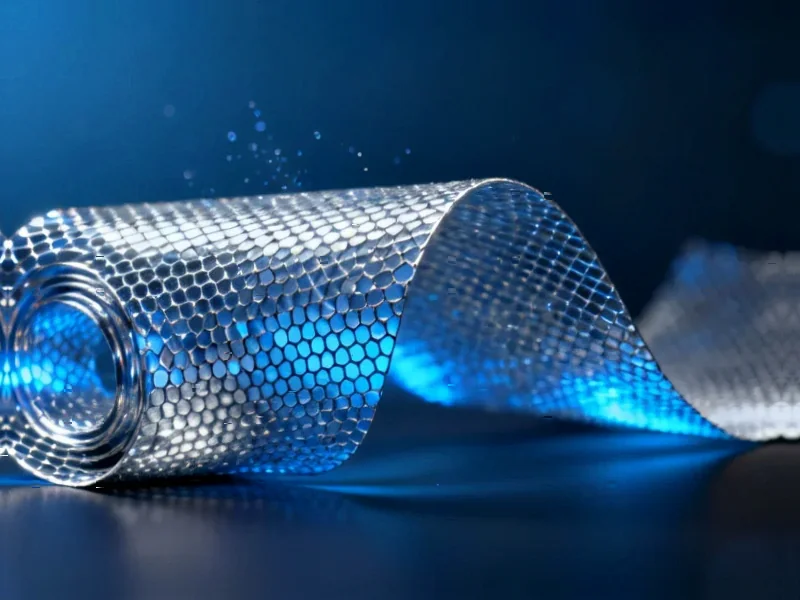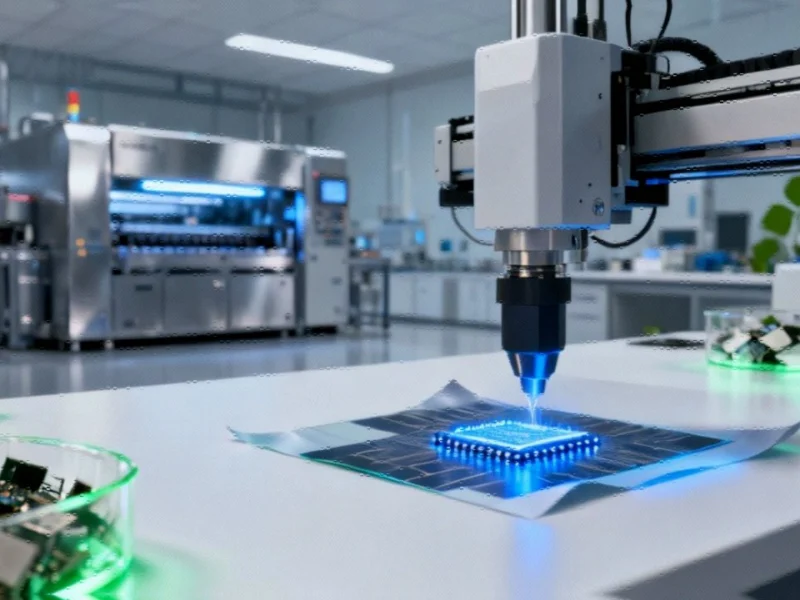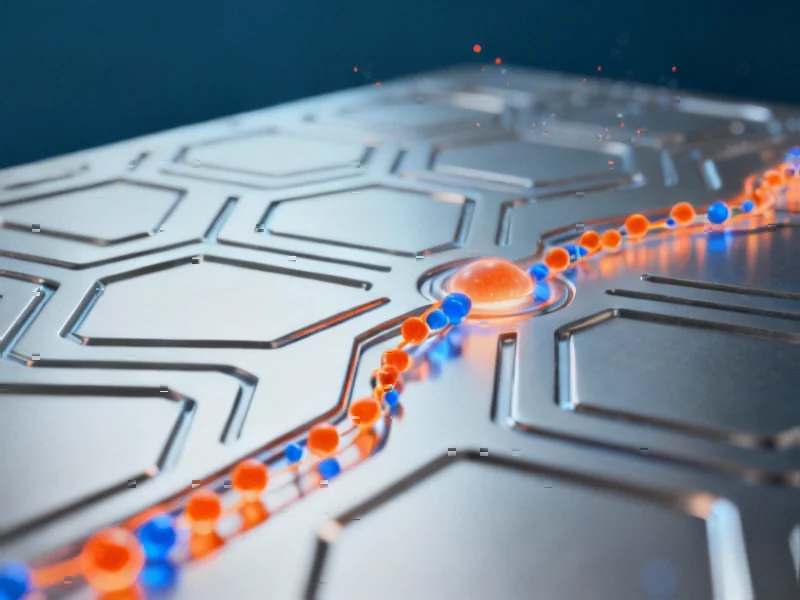Breakthrough in Understanding Radiation Resistance
Researchers have identified a key molecular mechanism that makes certain lung cancer cells resistant to radiation therapy, according to a new study published in Cell Death Discovery. The research focuses on the protein FHL2 and its role in helping non-small cell lung cancer cells survive radiotherapy treatments that would normally destroy them.
Table of Contents
What makes this discovery particularly significant is how FHL2 transforms cancer cells at a mechanical level. Sources indicate that cells with higher FHL2 expression actually become stiffer and more rigid, creating a physical barrier against radiation damage. Meanwhile, these cells also show enhanced ability to repair DNA damage caused by radiation treatment.
The Cellular Transformation Process
Analysts examining the research methodology note that scientists created radioresistant versions of common lung cancer cell lines, including A549 and H1299 cells, by exposing them to repeated radiation doses. The resistant cells showed dramatically different characteristics from their parental counterparts. According to the reports, they developed more pronounced cytoskeletal stress fibers and altered cell cycle distributions that contributed to their survival advantage.
Perhaps most strikingly, when researchers manipulated FHL2 levels, they could directly control how resistant the cancer cells became to radiation. Overexpressing the protein made regular cancer cells more resilient, while knocking it down in resistant cells made them vulnerable to treatment again. The effect was substantial enough that researchers could essentially turn radiation resistance on and off in laboratory settings.
Mechanical and Molecular Cooperation
The study reveals that FHL2 doesn’t work alone. Research indicates it forms a stable partnership with integrin beta-1 (ITGB1), a protein crucial for cell adhesion and communication with the surrounding environment. This partnership appears to be the engine driving multiple resistance mechanisms simultaneously.
Laboratory analysis showed that FHL2 physically binds to ITGB1, protecting it from degradation and helping it accumulate on cell surfaces. This interaction then triggers a cascade of effects: increased cellular stiffness, activation of survival pathways, and enhanced DNA repair capabilities. The combination creates what amounts to a multi-layered defense system against radiation therapy.
Clinical Implications and Future Directions
From a clinical perspective, the findings could explain why some patients develop resistance to radiation treatment over time. Database analysis revealed that both FHL2 and ITGB1 are consistently elevated in human lung cancer samples compared to normal tissue. More concerning, higher levels of these proteins correlate with poorer patient outcomes, suggesting they’re not just laboratory curiosities but clinically relevant factors.
Researchers suggest that targeting this FHL2-ITGB1 axis could represent a new approach to overcoming treatment resistance. When scientists inhibited downstream signaling pathways activated by this partnership, they successfully reversed radiation resistance in laboratory models. The effect was particularly pronounced in animal studies, where manipulating these proteins directly affected tumor growth and response to radiation.
What remains unclear is exactly how this mechanism develops in human patients and whether it can be reliably targeted with drugs. Still, the discovery provides a promising new direction for combination therapies that could make radiation treatment more effective for lung cancer patients who currently have limited options when resistance develops.
Related Articles You May Find Interesting
- Apple’s Crisis Deepens as Jobs Returns in $400M Next Deal
- Rivian Settles Shareholder Lawsuit for $250 Million Following 2022 Vehicle Price Controversy
- EU Regulators Allege Meta and TikTok Violate Digital Services Act Transparency Requirements
- Apple Hit with £1.5 Billion UK Legal Challenge Over App Store Pricing



